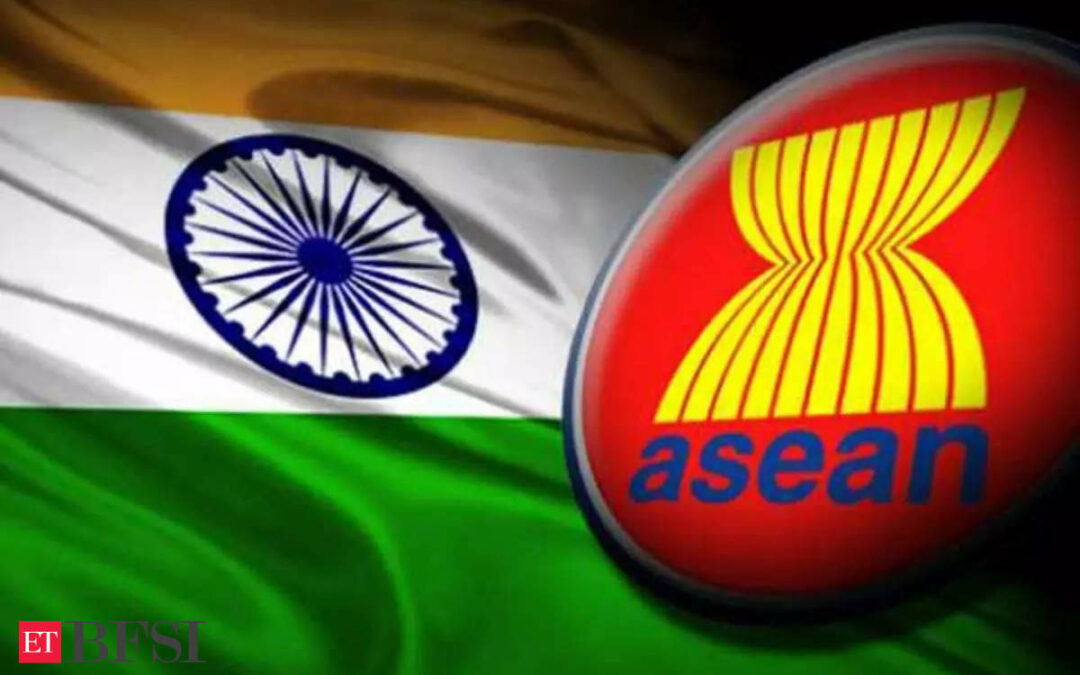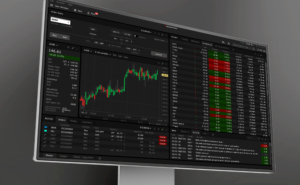The 44th ASEAN summit and the 21st ASEAN-India summit are going to take place this week in Vientiane. Started in 2002 in Cambodia, the ASEAN-India annual summit process has entered into the third decade of partnership. ASEAN-India relations have grown from strength to strength, with rising trade and investment flows, friendshoring, and people-to-people contacts. ASEAN-India relations have been elevated to the Comprehensive Strategic Partnership (CSP) level. Both have agreed to establish the ASEAN-India CSP that is meaningful, substantive, and mutually beneficial.
The world is passing through economic and political uncertainties, and countries are, therefore, looking for resilient solutions. The theme of this year’s ASEAN summit is “ASEAN: Enhancing Connectivity and Resilience”.
Since 2002, India has not missed a single ASEAN-India summit. The Indian Prime Minister will participate in several key summits, including the East Asia Summit and the 21st India-ASEAN Summit on 10 and 11 October 2024. The Indian PM’s presence underscores the continuity of India’s proactive engagement with ASEAN and the East Asia Summit (EAS).
ASEAN-India Regional Engagements ASEAN and India share both land and maritime borders. They are civilizational partners. ASEAN and India together share 7 per cent of the world GDP and 26 per cent of the world population. Their combined strength is, therefore, phenomenal. ASEAN is currently India’s 4th largest trading partner, and India is ASEAN’s 7th largest trade partner. ASEAN has truly become a global economy, where FTAs have been playing a key role in the integration.
After Prime Minister Modi was sworn in for the third term in June 2024, he went to Brunei and Singapore. Heads of States of Vietnam and Malaysia visited India in between. The External Affairs Minister (EAM) and minister of states also visited several ASEAN member states in the last one year from September 2023. The Prime Minister Modi also inaugurated the campus of Nalanda University – rebuilt in partnership with several Southeast and East Asian countries. The Indian Defence Minister attended the 10th ASEAN Defence Ministers’ Meeting-Plus (ADMM-Plus) in November 2023. The ASEAN Secretary General visited India in February 2024. The 24th ASEAN-India Joint Cooperation Committee (AIJCC) Meeting was held in March 2024. In May 2024, the 26th ASEAN-India Senior Officials’ Meeting (AISOM) took place. India EAM attended the ASEAN-India Foreign Ministers’ Meeting and the PMC+1 Meeting in July 2024. Indian Commerce and Industry Minister co-chaired the 21st ASEAN-India Economic Ministers in September 2024. It has been a very hectic engagement between ASEAN and India since September 2023 despite general elections in India and Indonesia – two largest economies of the region.ASEAN and India have been witnessing the best phase of their relations post-pandemic. The bilateral trade between them was just US$ 9 when they had the 1st summit way back in 2002, and now the trade is likely to cross the US$ 150 billion mark by the turn of 2024. India and some of the ASEAN member states such as Malaysia have agreed to trade in local currency. More ASEAN member states are likely to follow suit. The GVC networks between India and ASEAN have grown in last one decade along with the rising gross cumulative investment flows between them, which has exceeded US$ 125 billion during 2000-2023. ASEAN and India have started reviewing the AITIGA and they had a couple of rounds of negotiations in recent past including completion of a joint study.
To boost India-ASEAN economic relations, the Indian Prime Minister announced the 12-point agenda at Jakarta in 2023. The 12-point agenda covers a wide set of areas crucial for economic engagement, thus reflecting India’s high commitment to ASEAN-India relations.
Among the 12-point agenda, digital cooperation has witnessed some progress amid global geoeconomic uncertainties. ASEAN has shown interests in India’s UPI and so also India to ASEAN’s fast payment systems (FPSs). In June 2024, the Reserve Bank of India (RBI) officially joined “Project Nexus”, marking a milestone in India’s integration with ASEAN’s financial infrastructure. The real-time, cross-border linking of India’s Unified Payments Interface (UPI) and Singapore’s PayNow has been implemented and both sides are planning to expand the operation.
What follows is that the last twenty summits present India’s energetic engagements with ASEAN, which have transformed the relationship into the realm of Indo-Pacific. India and ASEAN advocate a free, open, rules-based and inclusive Indo-Pacific region, and call for peaceful resolution of disputes while respecting the sovereignty and territorial integrity of all nations. Both sides have agreed to continue to work on shared interests and aspirations in ensuring regional peace, security, and stability.
Some Critical Trade Issues
What are the major critical economic challenges that India faces in ASEAN? First, unlike the EU, ASEAN is not a single market. India faces 10 different economies in market access. Second, trade barriers are very high at borders and NTMs have been complicated and rising. An increase in NTMs could raise trade costs, inhibiting trade expansion and GVCs. Besides, there are restrictions on the movement of professionals, capital, and goods. Well, some of them are not India-specific, but some discriminate against India over ASEAN’s other trade partners. On the other hand, ASEAN too faces several trade and investment barriers in India. Besides, ASEAN also faces rising tariffs and domestic protections.
Way Forward
ASEAN-India relations have been getting melted into Indo-Pacific partnership. ASEAN and India have mutually agreed to collaborate on the Indo-Pacific. AOIP’s convergence with the Indo-Pacific Oceans Initiative (IPOI) provides a strong basis for the next phase of ASEAN-India cooperation. There are several common areas of cooperation between ASEAN’s AOIP and India’s IPOI.
ASEAN and India should continue their commitment to respecting freedom of navigation and overflight, and unimpeded lawful commerce, based on the principles of international law, as reflected notably in the UNCLOS 1982.
Today, digital cooperation is the best part of ASEAN-India economic engagements and it will continue to add further momentum. Cross-border e-commerce and Fintech innovations are key sectors where MSMEs are expected to thrive. There are ample opportunities to collaborate. ASEAN and India should also work together to forge green infrastructure and resilient supply chains, explore cooperation on the Single Window platform to enhance trade facilitation and integration and promote the development of MSMEs and start-ups. The areas that offer high prospects are pharmaceuticals, health, digital and e-commerce, financial, and maritime security. Both should collaborate in the areas of emerging technologies such as AI, 5G, quantum computing, cloud computing, Internet of Things among others. The coming summit may offer some lights on this front.
Concluding the negotiation of the AITIGA review may take time, but ASEAN and India may intensify their efforts to achieve a substantial conclusion even before the new deadline of 2025. After the completion of the summit meetings, the ASEAN chairmanship will transfer from Lao PDR to Malaysia.
To conclude, global uncertainties are looming large where geopolitical rifts continue to aggravate the uncertainties further. The growing differences between countries over trade and investment are undermining growth and trust. In such an unfolding situation, ASEAN and India may further intensify their cooperation to stabilise the global order. The coming 21st ASEAN-India summit is expected to bring significant decisions adding further momentum to ASEAN-India relations and Indo-Pacific.
The author is Professor, Research and Information System for Developing Countries (RIS), New Delhi. Views are the author’s own.










